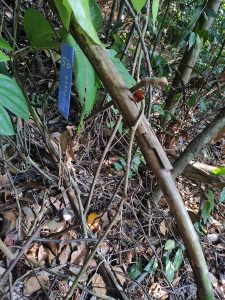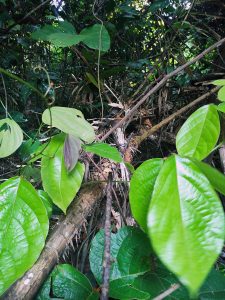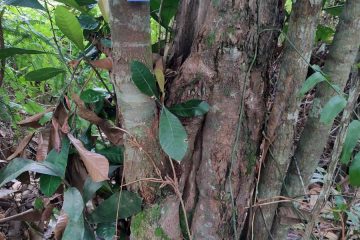Gnetum gnemon L. var. brunonianum (Griff.) Markgr. – Ekor Belangkas – 132
132 Gnetum gnemon L. var. brunonianum (Griff.) Markgr. – Ekor Belangkas Other names: Updating General information: Updating Distinguish botanical characteristics: Updating Uses: Updating Major/bioactive phytochemicals: Updating References: Updating 131 – Lithocarpus cantleyanus Rehder – Mempening Read more…



